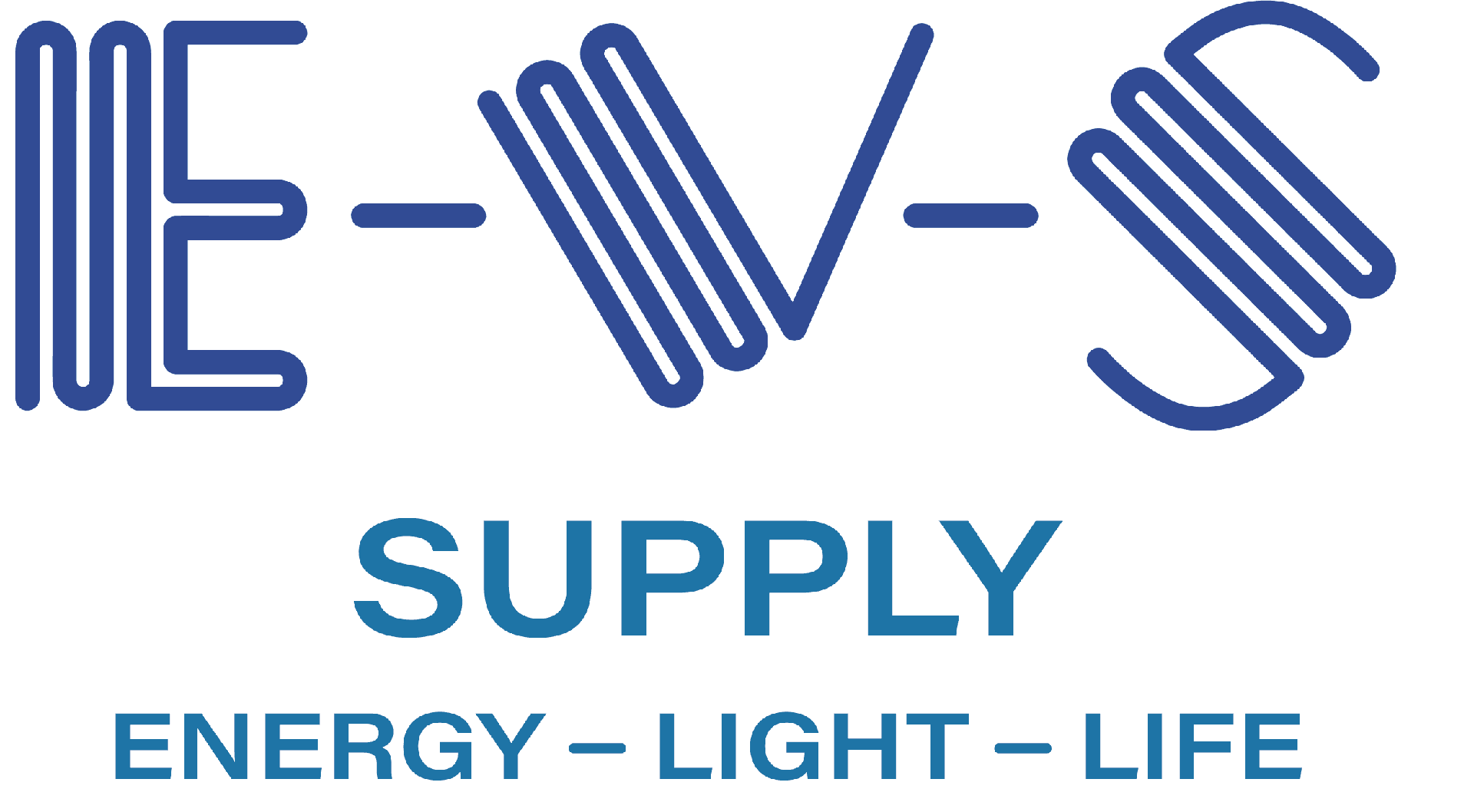The rapid emergence of wireless technology has created new opportunities to design autonomously powered devices such as automated meter reading (AMR) and automated metering infrastructure (AMI). The success of remote and environmental metering devices lies in their power supply, which includes custom and standard batteries.
EVS Supply provides the widest variety of battery solutions for remote metering solutions, such as water or gas meters used in oil wells. Read on to learn more about remote and environmental metering and how we can help you with your battery needs.
Benefits of Remote and Environmental Metering
Remote metering is an automated method of gathering remote meter data such as status, consumption, and diagnostics. The data is usually recorded in intervals of 30 minutes and sent to a central station for detailed analysis, billing, or to correct issues with the meter. Customers can then sign in to their web-based portal to view the following information.
- Import and export energy graphs (energy profile)
- Power factor graph (demand profile)
- Time-of-use profile
- Current and voltage profiles
- Comprehensive tariff data
- Overall historical consumption report
- Notifications and alarms
Remote metering allows customers to access this information instantaneously. It is a quick and cost-effective alternative to manual meter reading. The technology also helps manage overdue payments and debt recovery.
Tools and Gears Used in Remote Metering
For the last few decades, industries like gas and oil have encountered challenges in creating tools and gears that generate accurate measurements. Engineers in these industries have established more efficient flow metering systems that get the most accurate measurements possible. These meters measure the volumetric flow of liquid or mass flow rate. Specific examples of flow meter types include:
- Coriolis flow meters: These two-tube meters measure mass flow rate.
- Differential flow meters: These meters use Bernoulli’s equation to measure the volume flow in liquid or gas streams.
- Positive displacement flow meters: There are several types of positive displacement flow meters, including helical, oval gear, diaphragm, and rotary. These meters are used in numerous industrial applications to measure the volume of liquid that passes through the flow meter.
- Thermal flow meters: Typically, these gas flow meters use heat to measure gas streams. They achieve this by heating a flowing gas stream and measuring the speed that the heat dissipates using temperature sensors.
- Turbine flow meters: These meters utilize the mechanical energy that rotates a rotor to measure the volume of fluid, vapor, or gas that passes through a pipe.
- Ultrasonic flow meters: These meters utilize ultrasound to measure liquid velocity inside and outside pipes.
- Vortex flow meters: These flow meters use the vortex shedding principle to measure gas, steam, and liquid flows.
How to Select the Ideal Battery for Remote or Environmental Metering
Before selecting the ideal power source for remote metering, it is essential for design engineers to do a test of industrial-grade batteries and choose the ones that deliver the best performance and lowest cost of ownership. Industrial applications have complex technical challenges, such as:
- Reliability: Most industrial remote sensors are placed in hard-to-access regions, making it challenging to change batteries regularly. This is why choosing good batteries to power uninterrupted data flow is vital.
- Operating life: If the application needs long-term, maintenance-free performance, the ideal batteries would be those with high initial battery capacity and a low self-discharge rate.
- Operating temperatures: Some sensors are placed in areas with extreme temperatures, requiring a power supply that can withstand such conditions.
- Size: The ideal battery for most industrial-grade applications should be compact and have high energy density.
- Lifetime expenses: The battery must be cost-effective to replace over time.
Batteries Used in Remote and Environmental Metering
Most wireless devices used in remote and environmental metering need high pulses of energy to run two-way communications or enable remote shut-offs. To conserve energy, the devices have an inbuilt “standby” mode that utilizes minimal energy and sporadically changes to an active mode that requires moderate to high pulses during data transmission and acquisition. The right batteries must be able to meet these demands.
For example, most AMR/AMI utility meters are installed in underground pits, where they occasionally send data between a meter transmitter unit (MTU) and the central computer. Consumer-grade lithium batteries have a high rate design that allows them to deliver high pulses. However, they have a high self-discharge rate, low temperature range, low voltage, and short operating life, making them unsuitable for remote and environmental metering. The best batteries for AMR/AMI applications are Tadiran’s PulsesPlus battery packs, as they provide low self-discharge and high pulses.
EVS Supply Battery Packs for Remote Metering
Every AMR/AMI application has unique features requiring a different choice of power supply. EVS Supply is a leading provider of battery pack solutions for industrial applications, including remote and environmental metering jobs. Our partnership with Tadiran Battery allows us to offer the best power supply solutions to customers in demanding industries.
Contact us online, call us at 800-776-5267, or email us at sales@evssupply.com to learn more about our capabilities.

